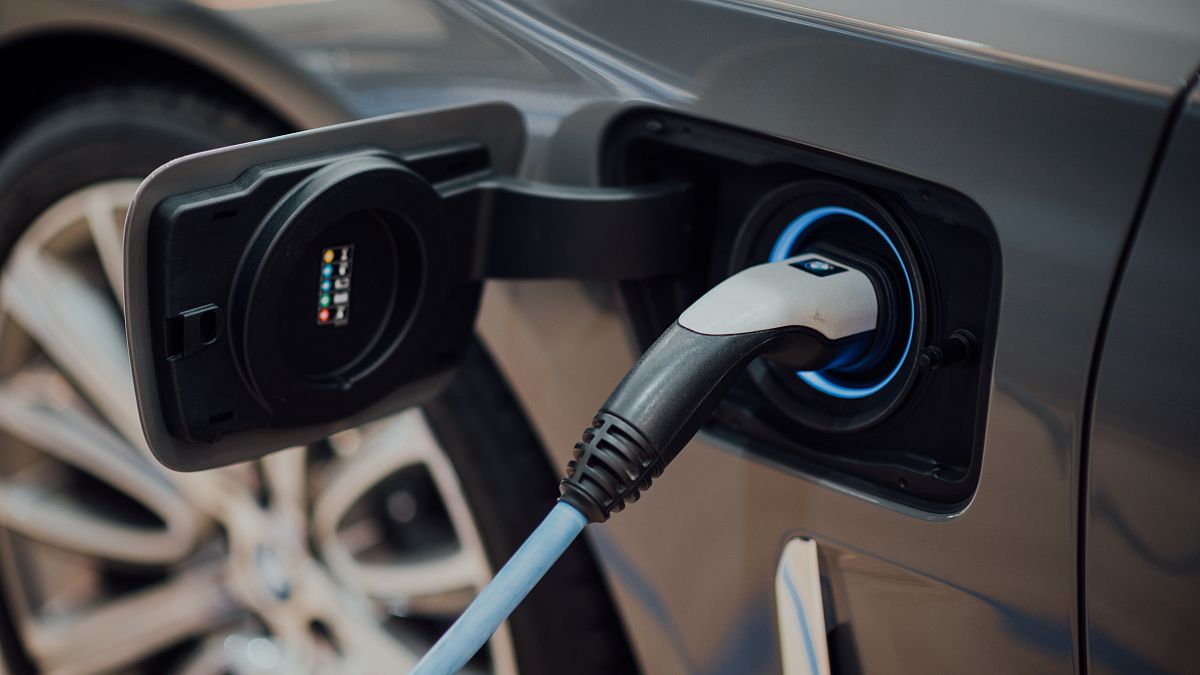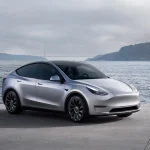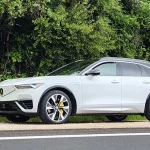The researchers have developed a recycling method that allows recovery of 100 per cent of the aluminium and 98 per cent of the lithium in electric car batteries.
Swedish researchers say they have developed a new, more efficient way of recycling electric car batteries.
The method allows for the recovery of far more valuable metals found in EV batteries.
The process does not require the use of expensive or harmful chemicals either, the scientists say.
Skip Ad
Continue watchingafter the adVisit Advertiser websiteGO TO PAGE
PLAY  Latest
Latest
Video Settings
Full Screen
About ConnatixV477139 Read More
Read More Read More
Read More Read More
Read More Read More
Read More Read More
Read More Read More
Read More Read More
Read More Read More Could Croatia be the most sustainable traveldestination in Europe? Its tourism minister hopes so
Read More Could Croatia be the most sustainable traveldestination in Europe? Its tourism minister hopes so (new Image()).src = ‘https://capi.connatix.com/tr/si?token=604675c4-ea89-46c9-9817-5ed115e7bf41&cid=83b16131-8326-440c-9a78-470bcd2870e2’; cnxps.cmd.push(function () { cnxps({ playerId: “604675c4-ea89-46c9-9817-5ed115e7bf41” }).render(“29572e93412441b3b0dc992bd9167d8a”); });
(new Image()).src = ‘https://capi.connatix.com/tr/si?token=604675c4-ea89-46c9-9817-5ed115e7bf41&cid=83b16131-8326-440c-9a78-470bcd2870e2’; cnxps.cmd.push(function () { cnxps({ playerId: “604675c4-ea89-46c9-9817-5ed115e7bf41” }).render(“29572e93412441b3b0dc992bd9167d8a”); });
“As the method can be scaled up, we hope it can be used in industry in future years,” says research leader Martina Petranikova.
How are electric car batteries recycled?
The current aqueous-based recycling method is called hydrometallurgy.
In traditional hydrometallurgy, all the metals in an EV battery cell are dissolved in an inorganic acid.
The “impurities” – such as aluminium and copper – are then removed and valuable metals such as cobalt, nickel, manganese and lithium are recovered.
Even though the amount of residual aluminium and copper is small, it requires several purification steps and each step in this process can mean lithium is lost.
Can EV batteries be recycled more efficiently?
The researchers at Sweden’s Chalmers University of Technology have developed a recycling method that allows recovery of 100 per cent of the aluminium and 98 per cent of the lithium in electric car batteries.
It involves reversing the current order of the process and recovering the lithium and aluminium first.
At the same time, the loss of valuable raw materials such as nickel, cobalt and manganese is minimised.
“So far, no one has managed to find exactly the right conditions for separating this much lithium using oxalic acid, whilst also removing all the aluminium,” says Léa Rouquette, PhD student at the Department of Chemistry and Chemical Engineering at Chalmers.
“Since all batteries contain aluminium, we need to be able to remove it without losing the other metals.”
In their battery recycling lab, Rouquette and research leader Petranikova put used car battery cells and their pulverised contents into a fume cupboard.
The finely ground black powder is dissolved in a transparent organic liquid called oxalic acid – a more environmentally friendly ingredient that can be found in plants such as rhubarb and spinach.
The powder and the liquid are placed into a machine reminiscent of a kitchen mixer. Here, the aluminium and lithium in the batteries dissolve in the oxalic acid, while other metals are left as solids.
The final step of the process is to separate these metals in order to recover the lithium, which can then be used to make new batteries.
“Since the metals have very different properties, we don’t think it’ll be hard to separate them. Our method is a promising new route for battery recycling – a route that definitely warrants further exploration,” says Rouquette.
Petranikova’s research group has spent many years conducting cutting-edge research in the recycling of metals found in lithium-ion batteries.
It is involved in various collaborations with companies to develop electric car battery recycling. The group is a partner in major research and development projects, with brands such as Volvo and Northvolt.










